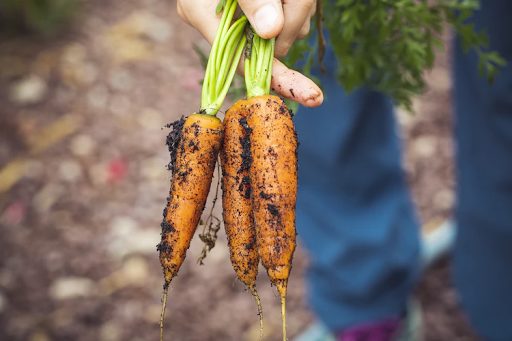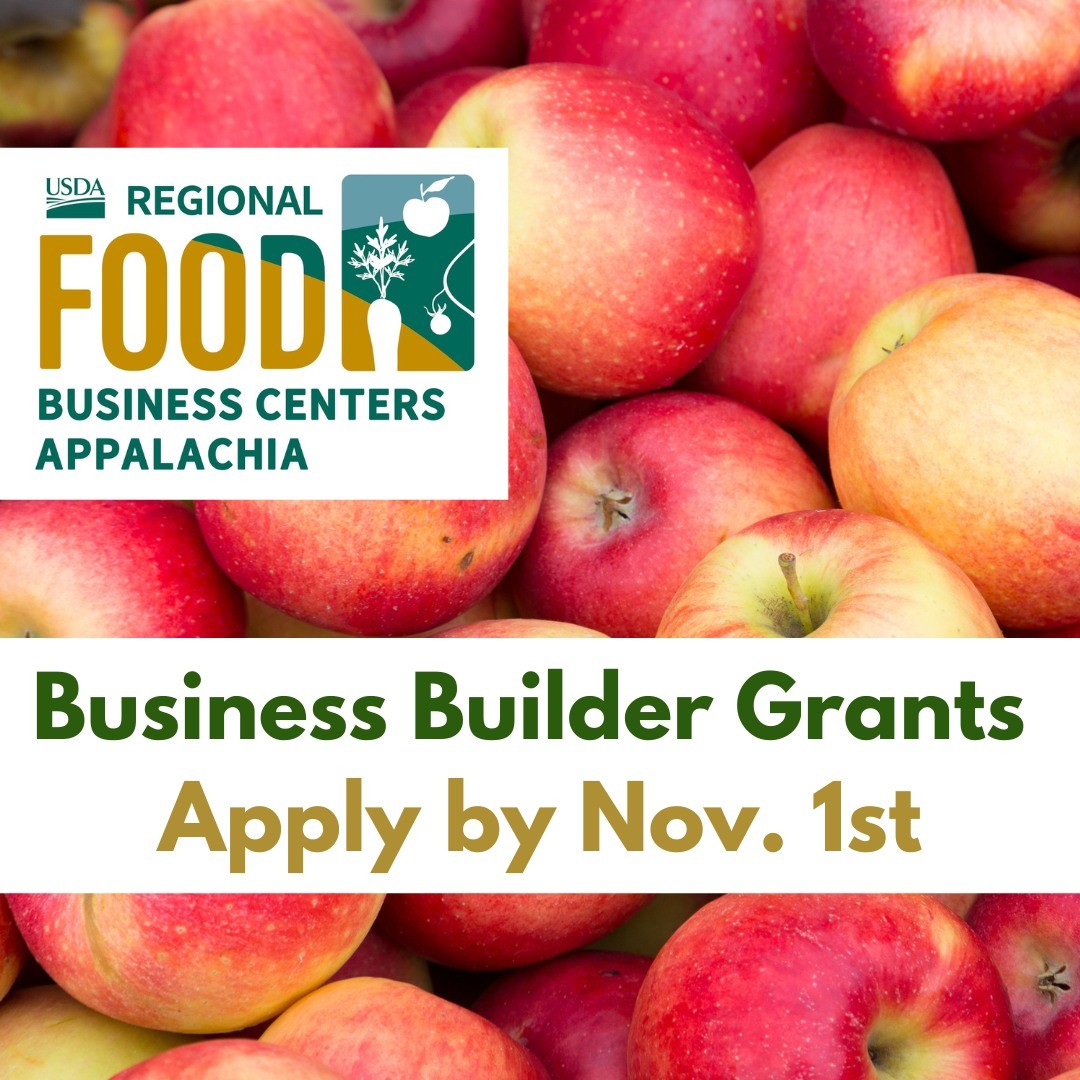Could Sustainable Agriculture Save It?

As farmland in Idaho begins to disappear in favor of large agricultural businesses and home construction projects, sustainable agriculture is more necessary than ever. Forward-thinking researchers and farmers are experimenting with growing new types of crops in the region.
Idaho-based researchers are investigating the viability of almond growth and cultivation in a state famously known for potatoes. Yet their efforts may not be enough to mitigate the damage that’s already been done — data indicates that Idaho as a whole experienced a net loss of 100,000 acres of farmland between 2012 and 2017. Within Ada County, home to Idaho’s capital city, Boise, more than half of total farmland has disappeared since 1974 reports the Idaho Statesman.
Population increases are at the crux of the issue, and Big Ag plays a major role as well. To help combat the issue of dwindling farmland in Idaho, sustainable farming stands out as a viable solution. Sustainability is at the forefront of modern agricultural efforts in Idaho and across the Northwest.
The Loss of Farmland
Idaho’s disappearing farmland was a major subject of discussion during the Idaho Environmental Forum held in December 2019. When brainstorming potential solutions, industry leaders agreed that the implementation of agricultural conservation easements could go a long way towards protecting Gem State farmland. An agricultural conservation easement is an agreement that allows a landowner (and family) to better protect their land’s natural resources, including agricultural capabilities and water.
Operating under the USDA’s Natural Resources Conservation Service, agricultural easement agreements are strictly voluntary and have been shown to improve soil health as well as water and air quality. Farmers and their eligible partners can purchase easements in order to ensure that farmland isn’t utilized for non-agricultural purposes.
With or without an easement, ensuring the protection of water sources is vital to Idaho farming communities. Most of Idaho is categorized as “high desert,” yet water that should be considered an Idaho farmer’s may actually be the property of Big Ag or one of its subsidized farmers. Determining water rights can be a headache for all involved. In many cases, flumes are used to accurately measure water rights and irrigation flows on Idaho farms and ranches. Depending on the scope of a farmstead, flumes can be factory-made or built on site.
Sustainable Agriculture Helps Reduce Emissions
Water is just a small piece of a much bigger discussion in the realm of Idaho farmland, especially as it relates to sustainability. The idea that sustainable agriculture is crucial for the future of Idaho isn’t a new concept. In 2015, Idaho’s Urban Land Institute (ULI) concluded that “local agriculture has the potential to become a more significant economic engine for the region, but it needs more attention from state and local economic development councils.”
Research indicates that prioritizing localized agriculture can strengthen communities as well as improve the health of the planet. The carbon trail produced by the global agriculture industry is substantially “responsible for up to 37% of greenhouse gas emissions.” That number includes everything from harvesting to shipping agricultural products to retail outlets across the country.
It’s important to note that the majority of the nation’s agricultural products are shipped via big rig trucks, which produce emissions both during transit and while idling. An estimated 11 million tons of carbon dioxide are released annually from trucks that are idling during driver rest periods. It’s clear that keeping agricultural products in the state’s own backyard can put a significant dent in Idaho’s carbon emissions while also boosting the local economy.
Taking Action Against Big Ag
But what about the increased emissions produced by swelling populations? While it’s essentially impossible to stem the flow of new residents moving into Idaho, preserving the state’s existing farmland while also reducing emissions may be as simple as keeping Big Ag at bay. Establishing community-based land trusts is a great starting point, as is changing some of our habits to better integrate sustainability at an individual level.
Sustainable agriculture is intrinsically tied to the principle of zero waste, which advocates for the conservation of all resources, at every level of production and consumption. Citizens can better embody zero waste principles by supporting sustainable agriculture at their local farmer’s markets. There, pre-packaged items are scarce, and every dollar spent supports the local community. Small-scale farmers are also more likely to grow in a more sustainable or certified organic manner, without the use of harmful pesticides or fertilizers.
Unfortunately, organic farming has made little impact within Idaho. In a single year, Idaho farmers produce about 13 billion pounds of conventionally grown potatoes. In comparison, only 1.6 million pounds of potatoes are grown using organic methods. Idaho has a long way to go before sustainable agriculture is embraced on a large scale, but the task is far from impossible. By establishing farmland trusts and incorporating sustainability at every level, sustainable farming advocates can do better when it comes to the promotion of sustainable agriculture.


